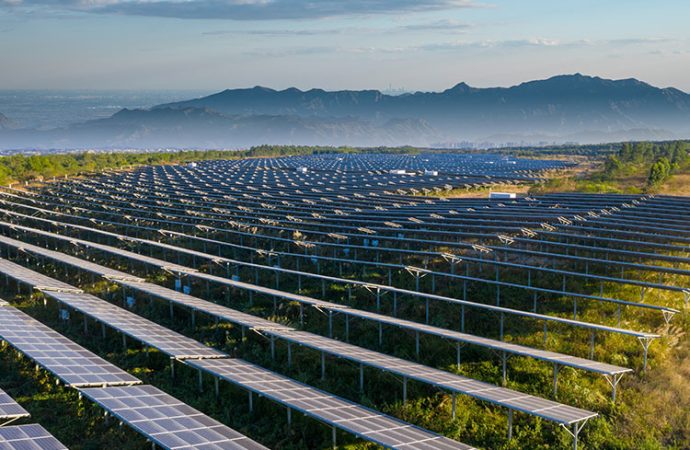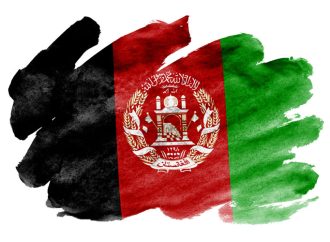Author Recent Posts Imran Altaf Latest posts by Imran Altaf (see all) Cost of Energy Security in Pakistan through Financial Lens – February 21, 2023 Pakistan-India Relationship-Hopes and Expectations – January 17, 2023 Are Superpowers Still Interested in Resolving the Afghan Conflict? – January 12, 2023
Energy security is a critical issue for Pakistan as it is a key determinant of economic growth and development. However, achieving energy security in Pakistan comes at a cost, which can be analysed through a financial lens. This article will examine the cost of energy security in Pakistan, including the financial costs of energy production, the costs of energy imports, and the costs of energy conservation measures.
The cost of energy production in Pakistan is a significant financial burden for the country. The majority of Pakistan’s energy is generated through fossil fuels such as coal and natural gas, which are expensive to extract and process. Additionally, Pakistan’s power generation infrastructure is outdated and in need of upgrading, which also contributes to the high cost of energy production.
Another major driver of energy costs in Pakistan is the cost of electricity generation. Pakistan has a mix of power generation sources, including hydroelectric, coal, natural gas, and oil. However, the cost of generating electricity from these sources varies widely. For example, hydroelectric power is relatively inexpensive to generate, while coal-fired power is more expensive. Additionally, the cost of electricity generation from oil and gas is also high due to the cost of fuel imports.
The government of Pakistan has been investing heavily in power generation projects, including coal-fired, hydropower and renewables, to increase the country’s energy production capacity. However, these projects come with significant financial costs. For example, the construction of a coal-fired power plant can cost billions of dollars and take several years to complete. Additionally, the high cost of importing equipment and technology for power generation, such as turbines and generators, is also significant.
Energy imports also add to the cost of energy security in Pakistan. The country has a large trade deficit, and a significant portion of it is due to energy imports. Pakistan imports oil and gas to meet its energy needs, which is a significant drain on the country’s foreign exchange reserves.
In addition to the financial costs, energy imports also pose a security risk for Pakistan. The country is heavily dependent on energy imports, which makes it vulnerable to disruptions in global energy markets. Furthermore, the cost of energy imports also increases during times of political tension or geopolitical instability, which can further strain Pakistan’s economy.
Despite these challenges, Pakistan has made significant progress in recent years in expanding its energy mix and increasing energy security. For example, the country has been investing in renewable energy sources such as wind and solar power. These sources are relatively inexpensive to generate and do not require expensive fuel imports. Additionally, Pakistan has also been investing in energy efficiency measures, such as energy-efficient lighting and appliances, which can help reduce energy costs.
Implementing energy conservation measures is an important aspect of achieving energy security in Pakistan. These measures can include increasing energy efficiency, implementing energy-saving technologies, and promoting the use of renewable energy sources.
However, implementing these measures also comes with a cost. For example, upgrading buildings and equipment to increase energy efficiency can be costly, and the cost of renewable energy technologies, such as solar and wind power, can also be high. Additionally, there are also costs associated with educating and raising awareness about energy conservation among the population.
To conclude, the cost of energy security in Pakistan is high and is driven by a number of factors, including the cost of fuel, the cost of electricity generation, and the cost of transmission and distribution. However, Pakistan has made significant progress in recent years in expanding its energy mix and increasing energy security. The country should continue to invest in renewable energy sources and energy efficiency measures, and increase the use of indigenous energy resources to reduce the cost of energy security in Pakistan.
It is important to note that the cost of energy security is not just about the financial cost but also includes the environmental cost and social cost. The environmental cost of energy security is a major concern for Pakistan, as the country’s dependence on fossil fuels has led to high levels of air pollution and greenhouse gas emissions. Moreover, the social cost of energy insecurity is also a concern, as power shortages and blackouts can have a significant impact on the health and well-being of Pakistan’s citizens. Therefore, it is crucial for the government to take a holistic approach to energy security, considering both financial and non-financial costs.
- Cost of Energy Security in Pakistan through Financial Lens - February 21, 2023
- Pakistan-India Relationship-Hopes and Expectations - January 17, 2023
- Are Superpowers Still Interested in Resolving the Afghan Conflict? - January 12, 2023













Leave a Comment
Your email address will not be published. Required fields are marked with *